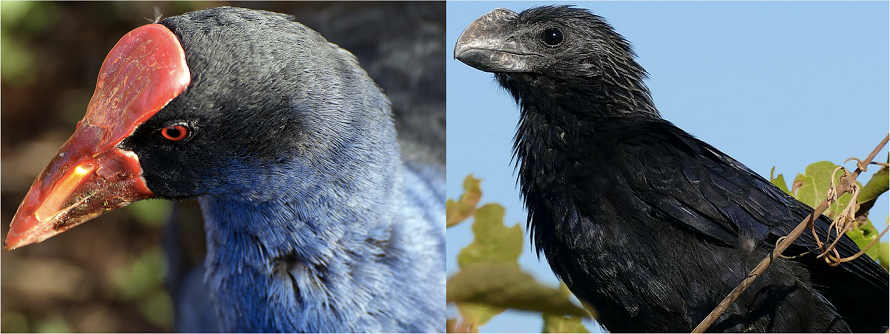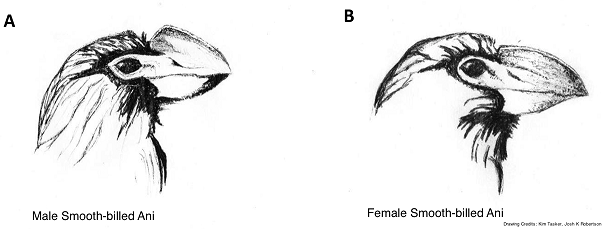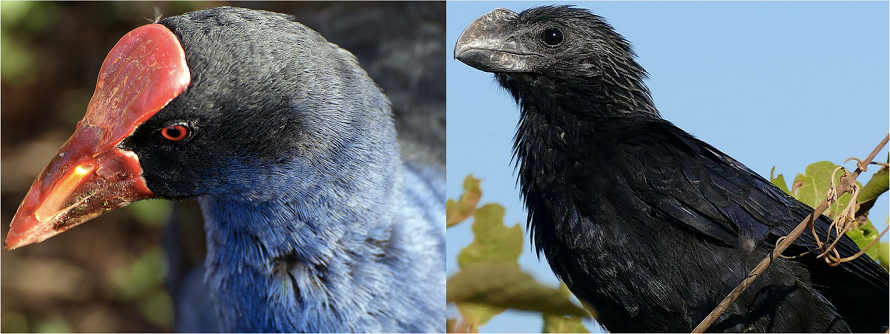People often question and wonder about the utility and usefulness of math. Growing up some of you may remember proclaiming frustrated cries of how solving matrices or learning the different arithmetic or geometric sequences would benefit your career and/or education. Several years down the road, thinking one has successfully steered clear of the world of Math, you will be surprised to find out how much you may end up relying on Math and realize how useful and interesting it can be.
Background – Smooth Billed Ani and Pukeko

The Smooth-billed Ani is a neo-tropical cuckoo found in the Caribbean, while the Pukeko is a swamp-hen that is found in New Zealand. Cooperative-breeding animals are unique in that they often involve individuals caring for offspring that are not their own. This involves sharing parental duties of feeding, protecting and raising the young. What was particularly interesting about these two species of birds was that they participated in a behaviour known as joint-nesting, where two or more pairs (male and female) share a common nest. Now as cooperative as these birds are, there is also often a large amount of conflict. This involves egg tossing and burial (Smooth-billed Anis), and aggressive bouts during competition for territory.
What the researchers were particularly interested in was how were these dominance hierarchies formed and established in Pukeko? What feature of these birds kept the peace and assured cooperation in the midst of conflict? What was the significance of the differences in beak size/shape between individual Smooth-billed Anis?
Findings and how we utilized geometry
Drawing from our basic geometry knowledge and skills, researchers set out to measure and examine a variety of beak morphometrics in the Smooth-billed Ani as well as Shield morphometrics (ornament found above the Pukeko beak) of Pukeko. Utilizing caliper-taken measurements and conducting a series of manipulations of the ornament (in Pukeko), researchers then sought to identify how size may be linked to potential relationships such as dominance and sex.
What we discovered was 2-fold:
1. The fleshy, tear-drop-shape and structure of the Pukeko ornament was correlated to dominance. Individuals with larger “shields” were more dominant over those individuals with smaller shields. These “shields” were also dynamic and could change in size, suggesting that these dominance hierarchies could also be disrupted.

2. Male-Smooth-billed-Anis have a prominent crest-shape in their beak as opposed to female Smooth-billed Anis. This was an interesting discovery as it indicated a case of sexual dimorphism in these species for the first time.

Summary
While these are great scientific discoveries, the more important message from this account, is to not underestimate the utility of math – even the basics of simple geometry. Math can be found everywhere, even in the study and wonder of nature, such as in our feather friends.
For more help on other topics related to Math, visit StudyPug for a complete list of online tutoring service we provide.
Credits:
https://macsphere.mcmaster.ca/handle/11375/20417
http://rspb.royalsocietypublishing.org/content/281/1775/20132680











